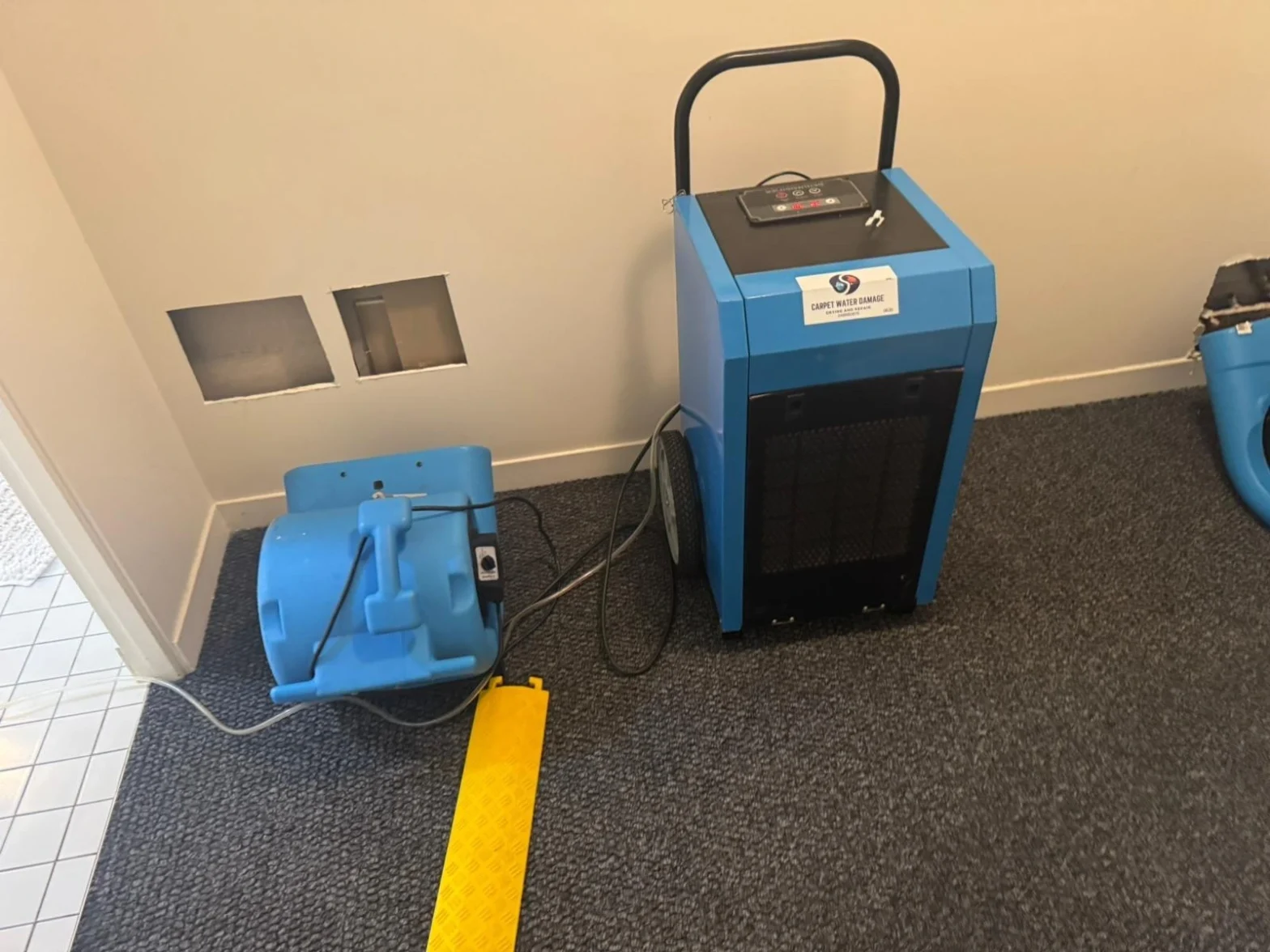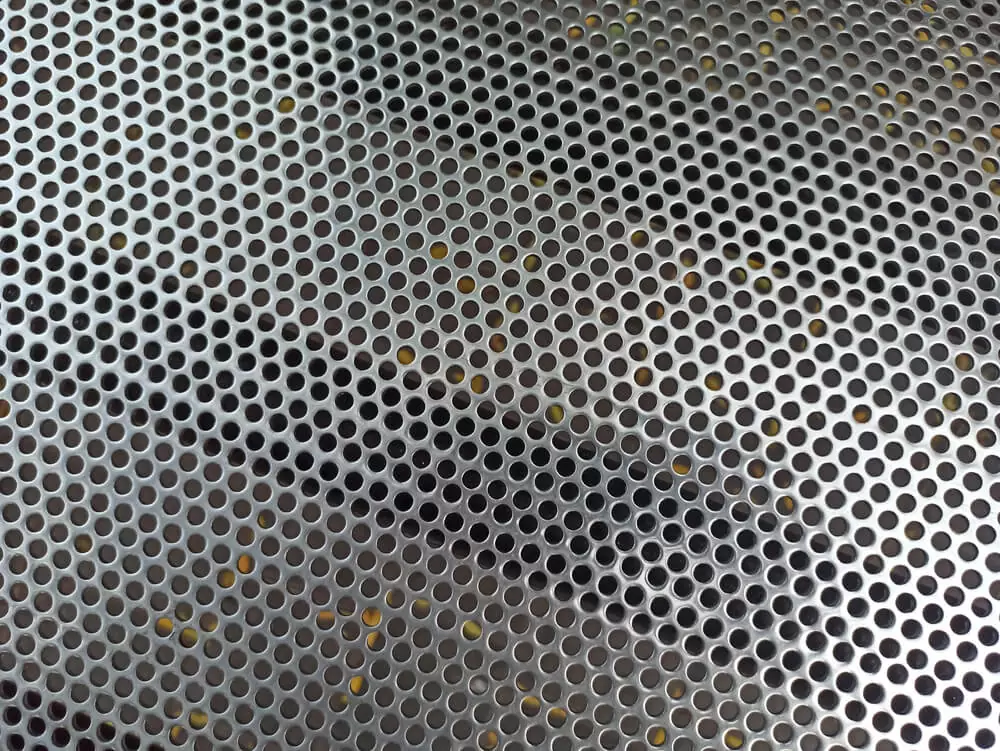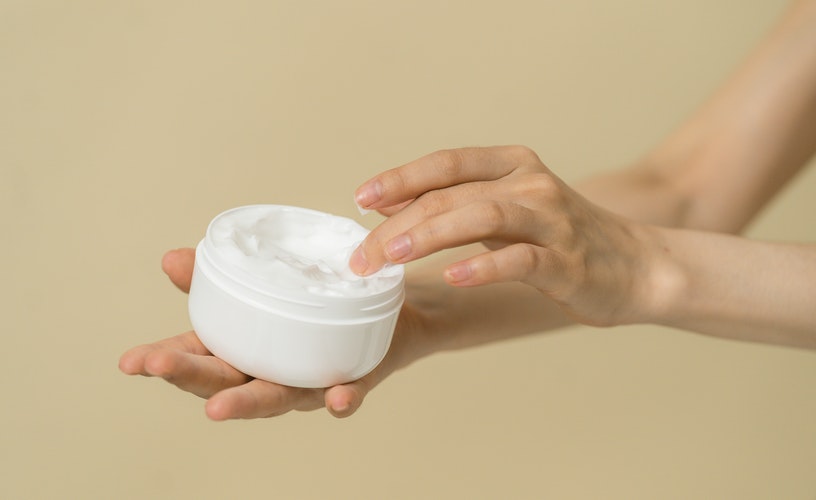How Does Professional Ceiling Drying Prevent Mold and Structural Damage?
Water damage in homes and commercial buildings can be more insidious than it appears. Often, the most affected areas are hidden, such as ceilings and walls, which makes professional interventions essential. At Structural Drying Australia, we understand the urgency of proper ceiling drying and wet wall drying to protect your property from further deterioration.
Why Is Ceiling Drying Critical After Water Damage?
Ceilings are particularly vulnerable to water damage because water can seep through from leaks in roofs, burst pipes, or flooding events. When moisture penetrates ceilings, it can compromise both aesthetic and structural integrity. Unchecked, this moisture can lead to sagging, paint peeling, or even collapse in extreme cases.
Professional ceiling drying is not just about removing visible water; it’s about addressing hidden moisture trapped in insulation, wooden joists, and plasterboards. If left untreated, this trapped water becomes a breeding ground for mold and mildew, which can pose serious health risks to occupants and result in costly repairs.
How Wet Wall Drying Complements Ceiling Drying
Water damage rarely affects only one surface. When ceilings are saturated, water often travels downward, affecting walls and floors. This is where wet wall drying comes into play. Wet wall drying ensures that moisture trapped in walls is efficiently removed, preventing the spread of mold and minimizing structural weakening.
At Structural Drying Australia, we employ advanced techniques that monitor humidity levels within ceilings and walls. This allows our technicians to implement a targeted drying strategy, ensuring both ceiling drying and wet wall drying are completed effectively.
The Role of Professional Equipment in Ceiling Drying
DIY attempts to dry ceilings and walls can be ineffective or even worsen the problem. Professional ceiling drying relies on industrial-grade equipment, including dehumidifiers, air movers, and moisture meters. These tools allow precise control over the drying environment, accelerating water removal while protecting building materials.
Dehumidifiers extract moisture from the air, reducing the risk of condensation within ceilings. Air movers create airflow that reaches hidden areas, while moisture meters ensure that no part of the ceiling or wall remains damp. This comprehensive approach prevents mold spores from developing and spreading.
How Mold Develops Without Proper Drying
Mold can begin growing within 24 to 48 hours in damp environments. Ceilings and walls are especially susceptible because water may remain trapped behind paint, plaster, or insulation. Mold not only damages property but can also trigger allergies, asthma, and other respiratory issues.
Proper ceiling drying interrupts the mold growth cycle by reducing moisture content below levels that support microbial development. Wet wall drying further enhances this protection by ensuring that moisture doesn’t migrate into adjoining surfaces. Without professional intervention, mold remediation can become a long-term and costly problem.
Preventing Structural Damage Through Timely Drying
Moisture weakens building materials over time. Wooden beams may warp or rot, plaster can crumble, and metal fasteners may corrode. Structural damage may not be immediately visible, but prolonged dampness can compromise the integrity of your property.
By engaging professionals for ceiling drying and wet wall drying, homeowners and property managers can prevent long-term structural damage. Structural Drying Australia provides a systematic approach to water removal that safeguards both the appearance and stability of ceilings and walls.
The Importance of Early Intervention
Time is critical when dealing with water-damaged ceilings and walls. The sooner professional drying services are employed, the lower the risk of mold infestation and structural deterioration. Early intervention also reduces the overall cost of repairs.
Moisture spreads quickly through porous materials such as drywall and plaster. Delaying drying allows water to reach areas that are harder to access, such as insulation cavities or ceiling joists, making the restoration process more complicated and expensive.
Techniques Used in Professional Ceiling Drying
Professional ceiling drying involves a combination of techniques designed to remove moisture efficiently while preventing secondary damage. Some of the key methods include:
-
Negative Pressure Drying: This technique isolates the affected area and extracts moisture-laden air, preventing contamination of unaffected areas.
-
Heat Assisted Drying: Controlled heat accelerates evaporation without damaging sensitive building materials.
-
Injection Drying: For ceilings with insulation, air is injected into cavities to ensure hidden moisture is removed.
These methods, combined with wet wall drying, provide a comprehensive solution to water damage, ensuring that every layer of the ceiling and wall is properly dried.
Monitoring Progress During Drying
An essential part of professional ceiling drying is continuous monitoring. Moisture sensors, hygrometers, and infrared cameras are used to track the drying process in real-time. This ensures that moisture is completely removed and prevents premature cessation of drying, which could leave residual dampness.
At Structural Drying Australia, we employ rigorous monitoring protocols to guarantee that our ceiling drying and wet wall drying services deliver long-lasting results. Homeowners can rest assured that every step is taken to protect their property.
Health Benefits of Proper Drying
Mold and mildew can severely impact indoor air quality. By ensuring thorough ceiling drying and wet wall drying, homeowners reduce the risk of respiratory issues and allergies. A professionally dried ceiling and wall structure also prevents musty odors, maintaining a healthy living environment.
The Financial Advantages of Professional Drying
Investing in professional ceiling drying and wet wall drying services can save thousands of dollars in the long run. Mold remediation, structural repairs, and potential liability costs can escalate if water damage is ignored. Prompt and effective drying protects your investment and maintains the property’s value.
Why Choose Structural Drying Australia?
With years of experience, Structural Drying Australia specializes in comprehensive water damage restoration. We combine advanced equipment, skilled technicians, and industry-approved techniques to ensure ceilings and walls are fully dried. Our proactive approach prevents mold growth and protects structural integrity, giving clients peace of mind.
Conclusion: Protect Your Property Today
Water damage is unpredictable, but the consequences are avoidable. Professional ceiling drying and wet wall drying are essential to prevent mold growth, preserve structural integrity, and maintain a healthy environment. By choosing Structural Drying Australia, you’re ensuring that every affected area is addressed thoroughly and efficiently. Don’t wait until water damage worsens—early intervention can save both your property and your wallet.













